Technical Tip: How to Connect and Troubleshoot Transducer Feedback
Product(s): iQpump1000 and iQpump Micro Drives Doc. No. TN.iQp.03
TN.iQp.03 ©2015 - Yaskawa America, Inc.
Revision 1 July 8, 2015 Page 1 of 5
This Technical Tip assists users in applying Yaskawa iQpump1000 and iQpump Micro
products to pump systems and provides useful information on:
running without a transducer
fixing Fdb-L or Feedback Loss faults/alarms
proper transducer wiring
settings for voltage or current transducers
multiple transducer wiring
What feedback transducers work with iQpump?
Yaskawa’s iQpump1000 and iQpump Micro drives utilize transducer feedback to change
pump speed to optimize system efficiency and performance.
iQpump drives typically interface with either pressure, flow, and/or temperature transducers;
most commonly pressure transducers with a 4-20 mA output.
4-20 mA pressure transducers have a maximum measurement range and the transducer
will output 4 mA at zero pressure and proportionally increase to 20 mA at maximum
pressure. Proper transducer wiring is key to running the iQpump in “Auto” regulating mode.
Will the iQpump Run Without a Transducer?
The drive will display Feedback Loss (iQpump1000) or Fdb-L (iQpumpMicro) with a
blinking “ALM” indicator as shown in Figure 1, if the drive is powered up without a
transducer connected. This is normal operation until transducer wiring to the A2 terminal is
complete.
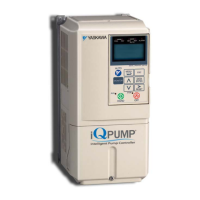
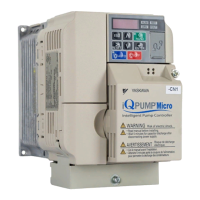
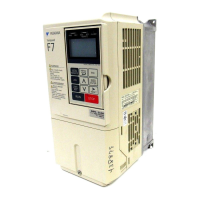
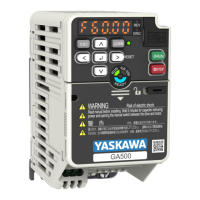
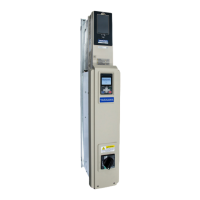
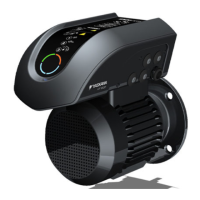
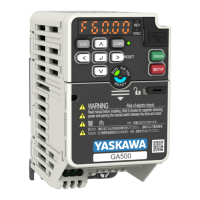
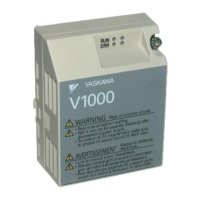


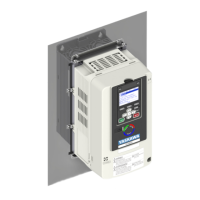
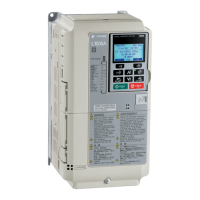
